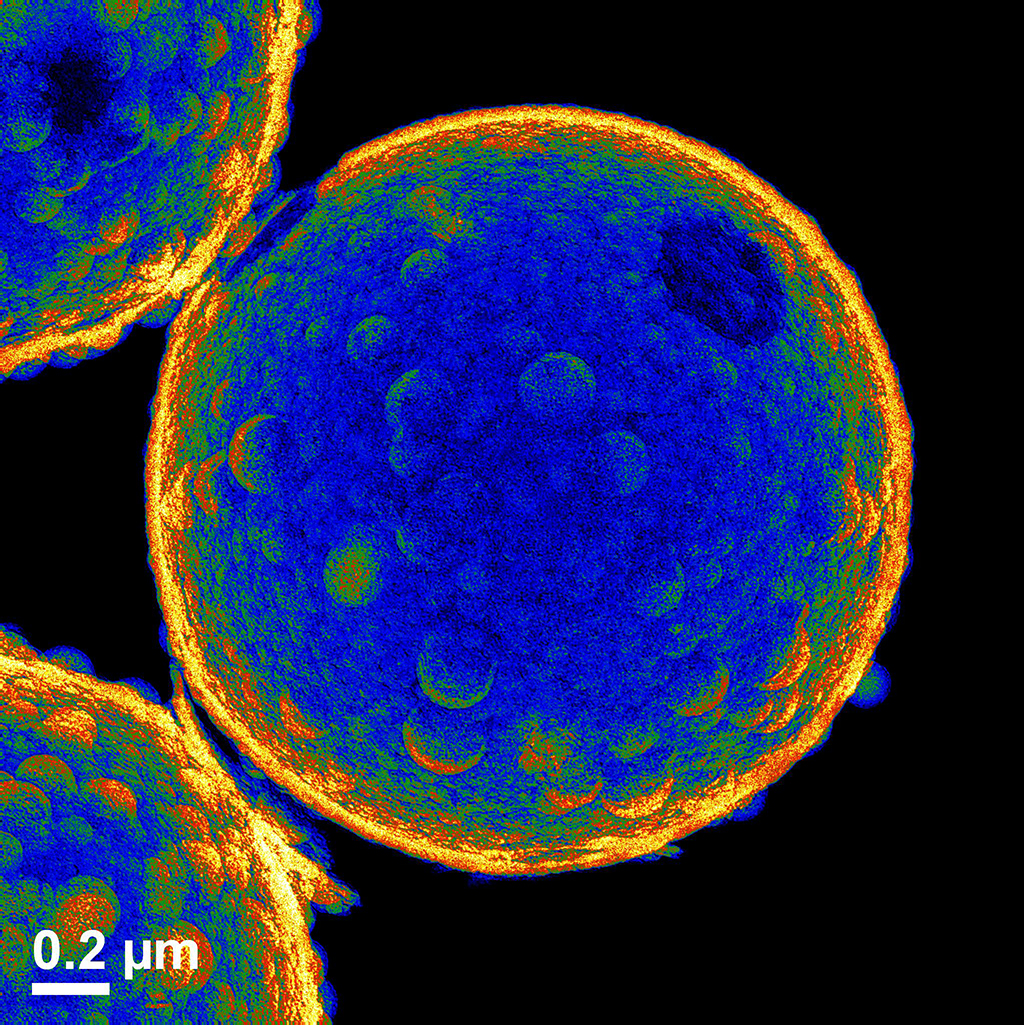Samuel Sánchez – Institut de Bioenginyeria de Catalunya (IBEC) & Sílvia Osuna – Universitat de Girona (UdG)
Inspired by biological motors, researchers have engineered artificial micro- and nanoswimmers able to self-propel by converting chemical energy from their surrounding into motion. In our group, we pioneered the use of enzymes as engines, which catalyse bioavailable substrates (fuel) into products, providing nanomotors with a biocompatible propulsive source and therefore opening many possibilities for nanomedicine-related applications. Although there are a few reports on enzymenanomotors, the key properties to generate self-propulsion have not been studied so far.
In this work, we aim at understanding at fundamental level the enzyme properties that predict the best performance of micromotors. To do so, we selected four different enzymes, urease, acetylcholinesterase, glucose oxidase and aldolase, to catalyze their specific “fuels” when bound to the surface of the micromotor. In Samuel Sánchez group (IBEC) we found that urease-motors showed the fastest self-propulsion indicating that self-propulsion of micromotors was correlated with a higher catalytic turnover of the enzyme used as engine. To gain more insight into the mechanistic structure at molecular level, in Sílvia Osuna group (IQCC at UdG), calculations based on Molecular Dynamics simulations revealed that the structural flexibility next to the active site, where the reaction occurs, of each enzyme was crucial for self-propulsion. These theoretical predictions were experimentally confirmed by exposing urease micromotors to inhibitors and compounds that increase enzyme rigidity.
From these results we extracted that the conformational changes are a precondition to catalysis, which in its turn is the key factor for an optimal self-propulsion.
This project has been the first study combining molecular dynamics and experimental work aimed at understanding enzyme-driven self propulsion from a mechanistic point of view. It paves the way towards the comprehension of the processes underlying catalytic self-propulsion and contributes to a more robust criteria for the rational design of enzyme-powered micromotors.
Reference
